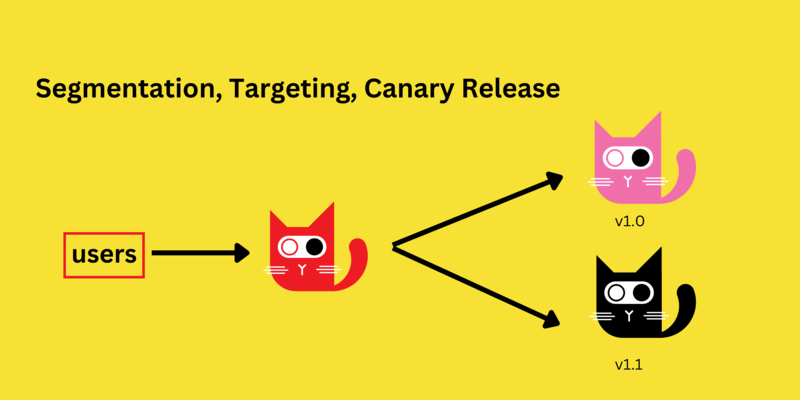An In-depth Look into User Targeting
Let's say you've just built a new feature, but it's not ready for a full release just yet. So, you decide to test it with a small group of people.

You can go about it in two ways - deterministic or random. The first way lets you specify people by name, email, company or any other attribute you know about them. The latter uses fancy math and probability to randomly assign users into groups. Let's see how you'd accomplish both using ConfigCat's feature flag services. For context, ConfigCat is a developer-centric feature flag service with unlimited team size, awesome support, and a reasonable price tag.





